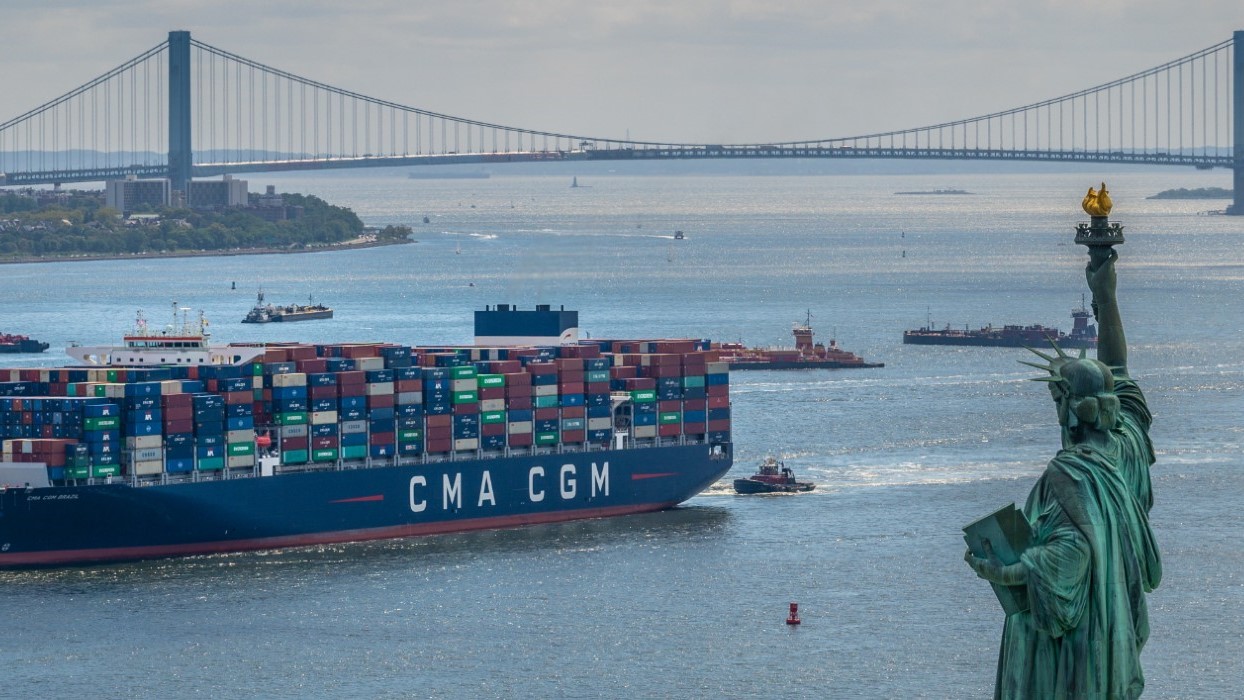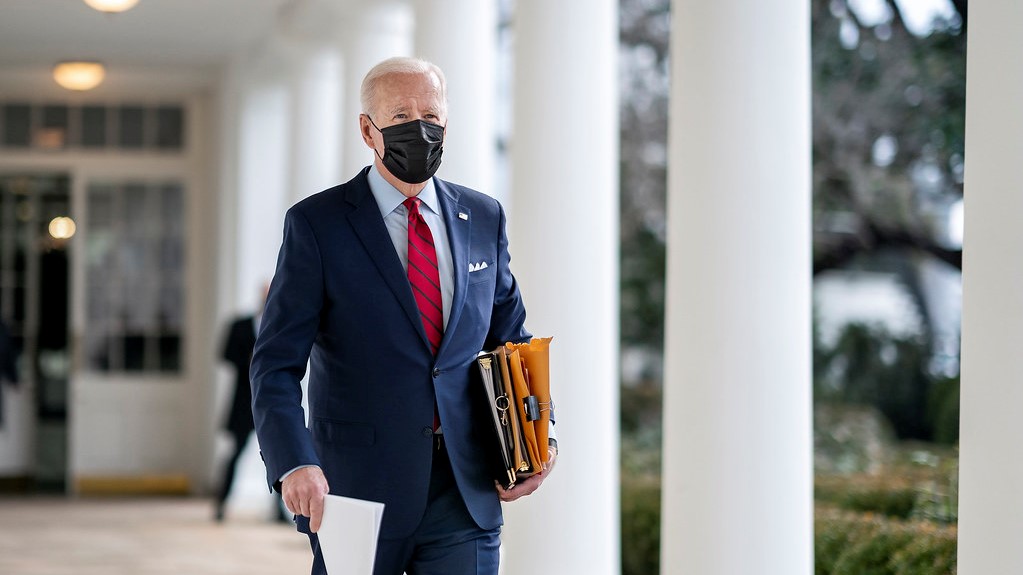Published 15 June 2021
The Biden administration has just completed its 100-day review of supply chain vulnerabilities. In Quick Takes – our brief analysis of global trade policy developments – Senior Research Fellow Stephen Olson shares his initial observations of the main outcomes outlined in the 250-page report.
The Biden administration has just completed its 100-day review of supply chain vulnerabilities. Here are some initial observations on the main outcomes outlined in the 250-page report:
- The scope of the review is extremely broad and its objectives are remarkably ambitious. While some aspects of the report are clearly directed specifically towards China, it also addresses a range of supply chain weaknesses that could not realistically be attributed to anything China has done.
- Although traditionally the US has had an aversion to industrial policy, many of the recommendations contained in the review certainly look a lot like industrial policy. It envisions a high degree of government involvement in domestic manufacturing and massive subsidization to private companies.
- Many of the proposals will take years if not decades to bear any fruit, so we will not be able to make any snap assessments of their success.
- The trade strike force – led by US Trade Representative Katherine Tai - might be the most impactful initiative contained in the review. US trade law has failed to keep up with the types of challenges the US now faces, especially from China. Tai highlighted this deficiency in her recent Congressional testimony. Expect this process to result in new or refined trade tools that allow the US to more effectively and precisely target trade distortions that emanate from non-market, centrally managed economies like China.
- Congress and the administration seem to be on the same page when it comes to the need for improved trade tools to address China’s practices, so this could be an area of rare bipartisan cooperation. Things could move relatively quickly.
- The desire to develop multilateral enforcement actions will be a much steeper climb. Anything done in the WTO would require getting China on board and chances of that are slim.
- The review calls for closer cooperation with partners and allies to decrease vulnerability in global supply chains and to address unfair trade practices. While this sounds good in theory, it remains to be seen what can be accomplished. Interests, objectives, and strategic visions are not entirely in sync between the US and even its closest trade partners. The establishment of a united front will be difficult and will likely be more limited in scope than the Biden administration hopes for.
- The potential use of section 232 for the rare earth magnets investigation is clearly targeted towards China. Section 232 illustrates why US trade remedy laws need an update. It is a blunt instrument conceived during the Cold War that the Trump administration contorted to take trade actions that it felt were needed - but could not otherwise pursue.
To learn more about the US supply chain review, read the report: https://www.whitehouse.gov/wp-content/uploads/2021/06/100-day-supply-chain-review-report.pdf
© The Hinrich Foundation. See our website Terms and conditions for our copyright and reprint policy. All statements of fact and the views, conclusions and recommendations expressed in this publication are the sole responsibility of the author(s).







